SINGAPORE - Singapore is a maritime nation, and the islands that ring the southern coast are rich in stories of its seafaring past.
The Southern Islands also have a wealth of flora and fauna, although creatures that dwell in the nooks and crannies there may not have been studied much so far. There are efforts now to change this.
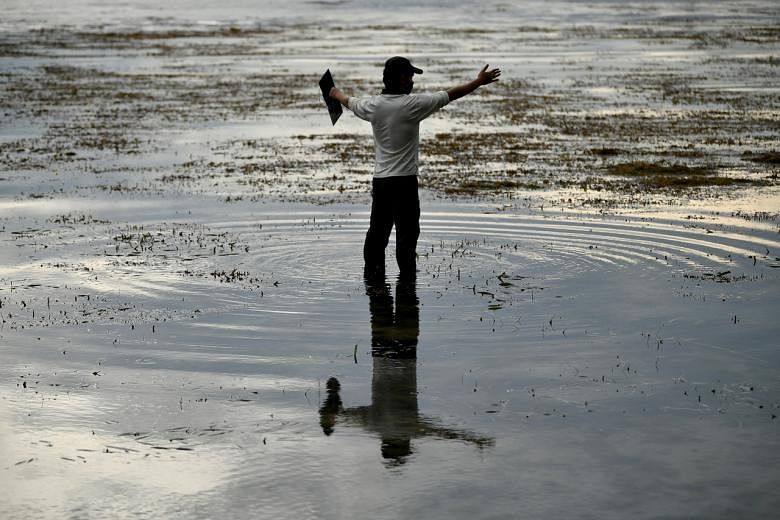





Last year, the Southern Islands Biodiversity Survey was launched to take stock of the terrestrial and marine life in the area, which includes the Sisters' Islands Marine Park, Sentosa, Pulau Semakau, and islets such as Pulau Biola and Pulau Jong.
The two-year survey started last January and will involve researchers scaling heights and getting their feet wet as they seek out the plants and animals that call the Southern Islands home.
Habitats being studied include coastal forests, mangroves, intertidal flats, subtidal reefs and shallow seafloor areas, said the National Parks Board (NParks), which is leading the effort.

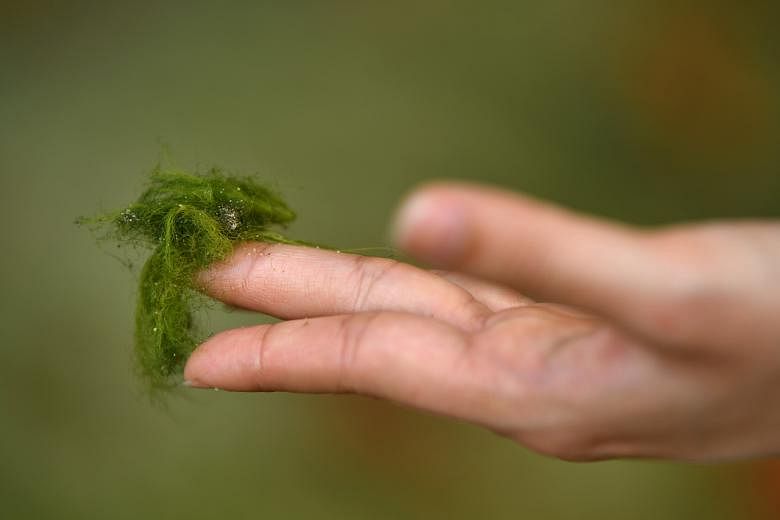


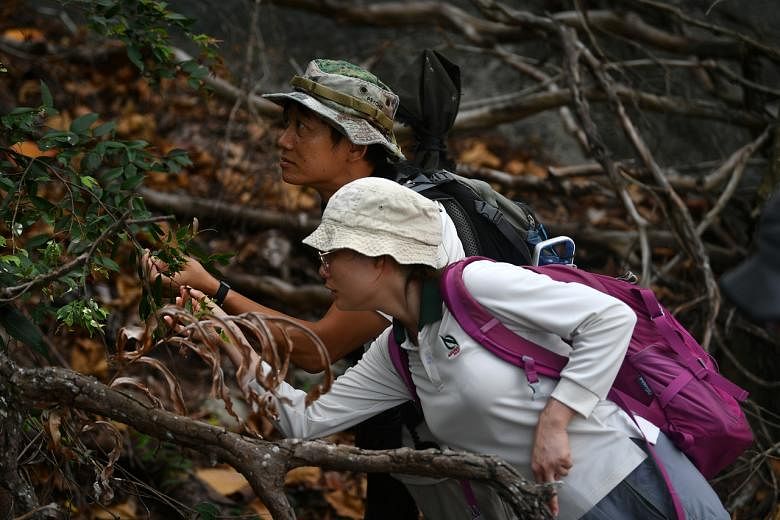
NParks is also working with various community stakeholders, including academics and nature interest groups, on the survey.
"As part of NParks' nature conservation masterplan, robust scientific baselines and periodic updates are required to develop effective strategies to manage Singapore's natural heritage and keep them resilient in the face of climate change," NParks had said in an update last month.
Surveys like this will enable NParks to formulate science-based policies to ensure that future generations can continue to enjoy and appreciate Singapore's rich biodiversity, it said.

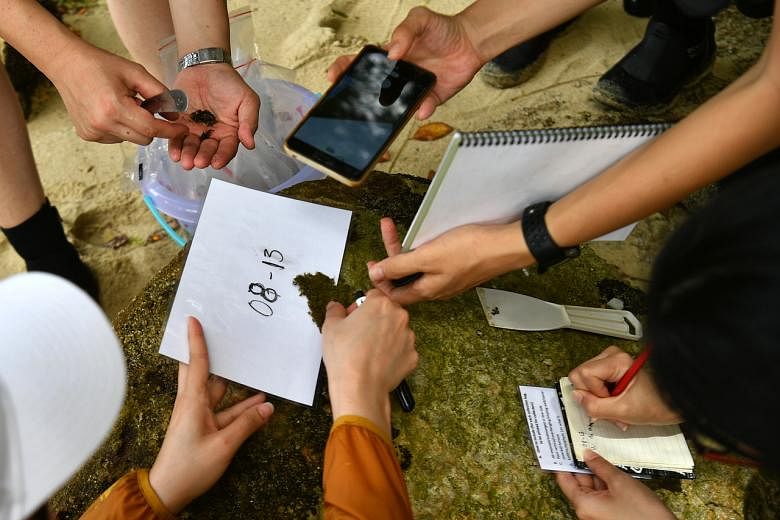
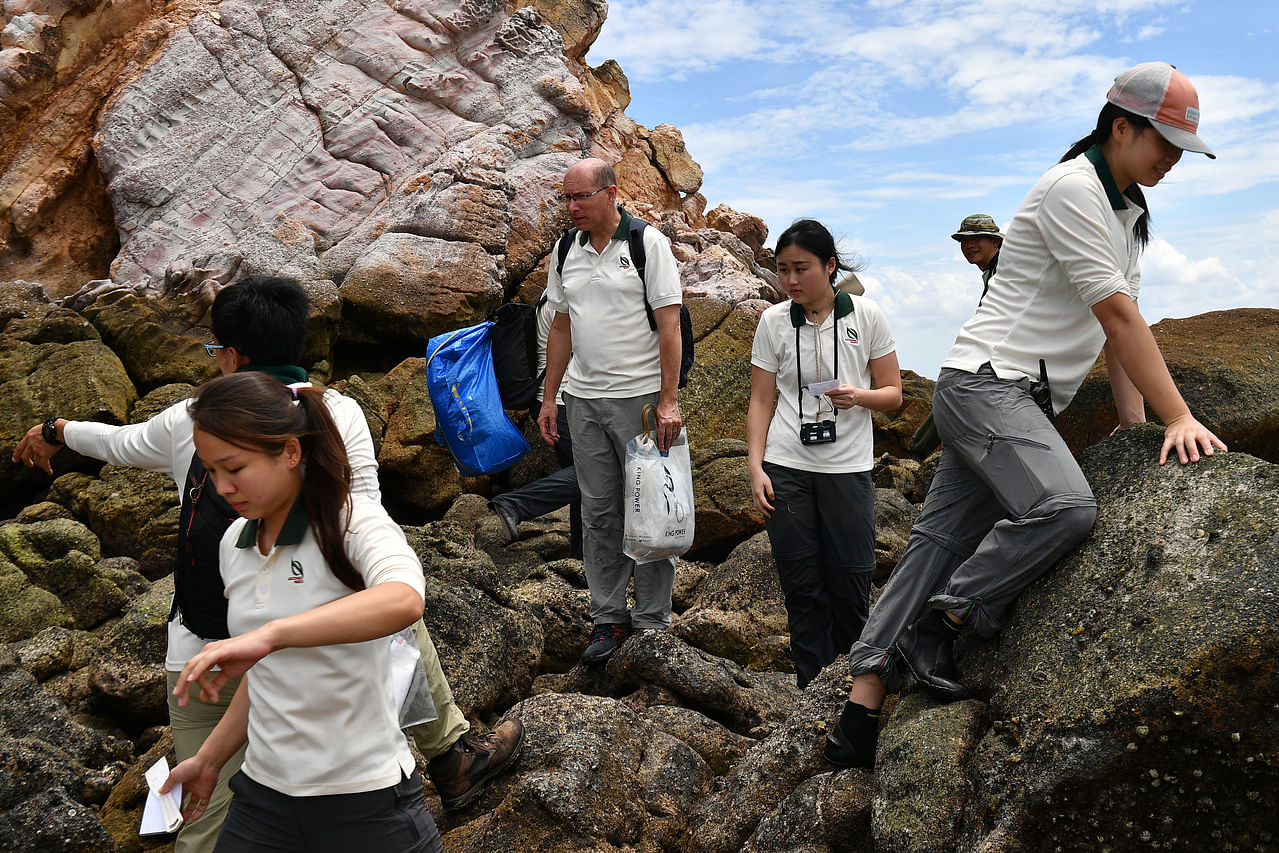

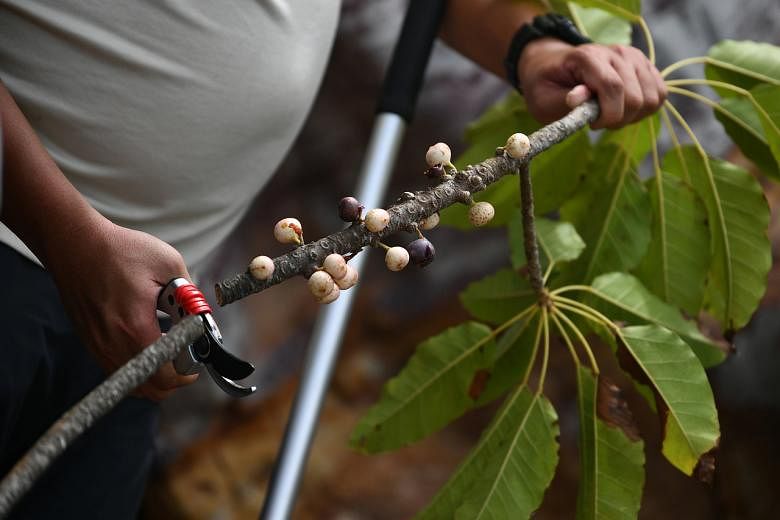
There is only a limited extent of undisturbed natural coastal habitats along Singapore's southern shoreline.
This makes the Southern Islands a refuge and stronghold for many native coastal plants.
Some rare and endangered coastal plants are currently found only on these islands.





Paramignya scandens var ridleyi is a nationally critically endangered climber from the citrus family that was found on Lazarus Island during the survey. It is the first record of the species for any of the Southern Islands.
Researchers also found, for the first time, the nationally critically endangered spotted wood owl (Strix seloputo) on the Sisters' Islands and hawksbill turtle (Eretmochelys inmbricata) nesting sites on St John's Island, Kusu Island and Pulau Tekukor.
This means that every island in the St John's-Sisters' Islands cluster is a turtle nesting site, making it a key area for efforts to conserve this nationally and globally critically endangered species, NParks said.

